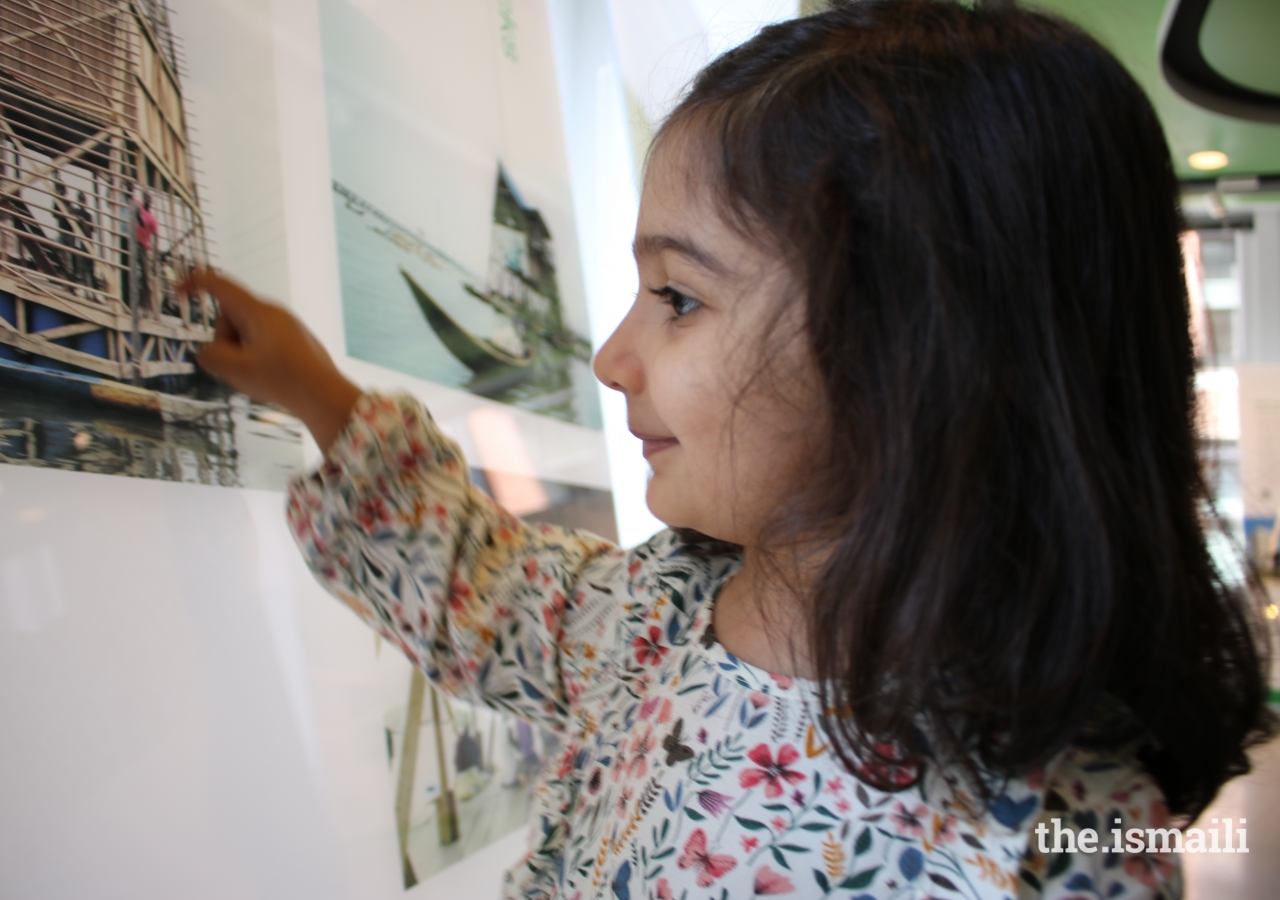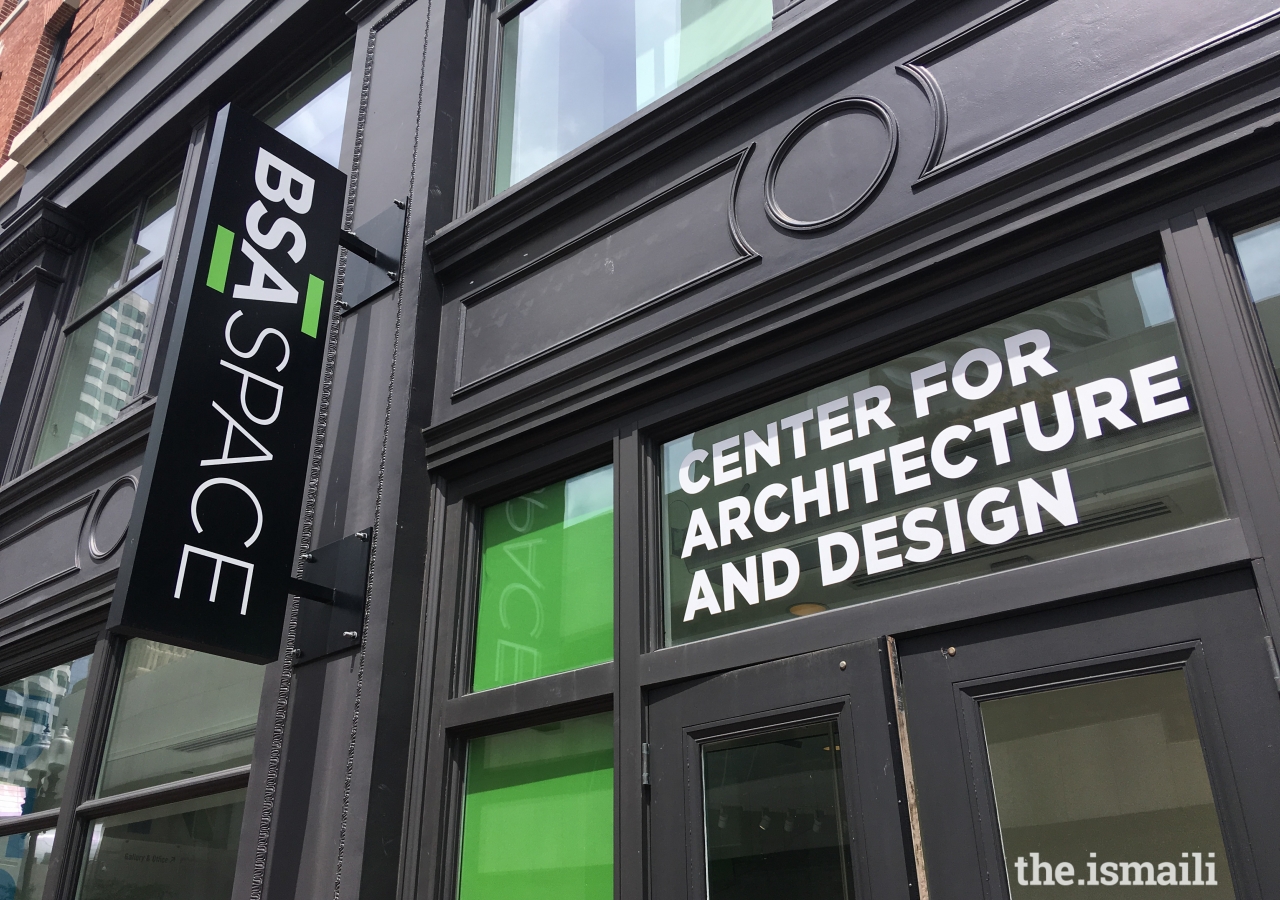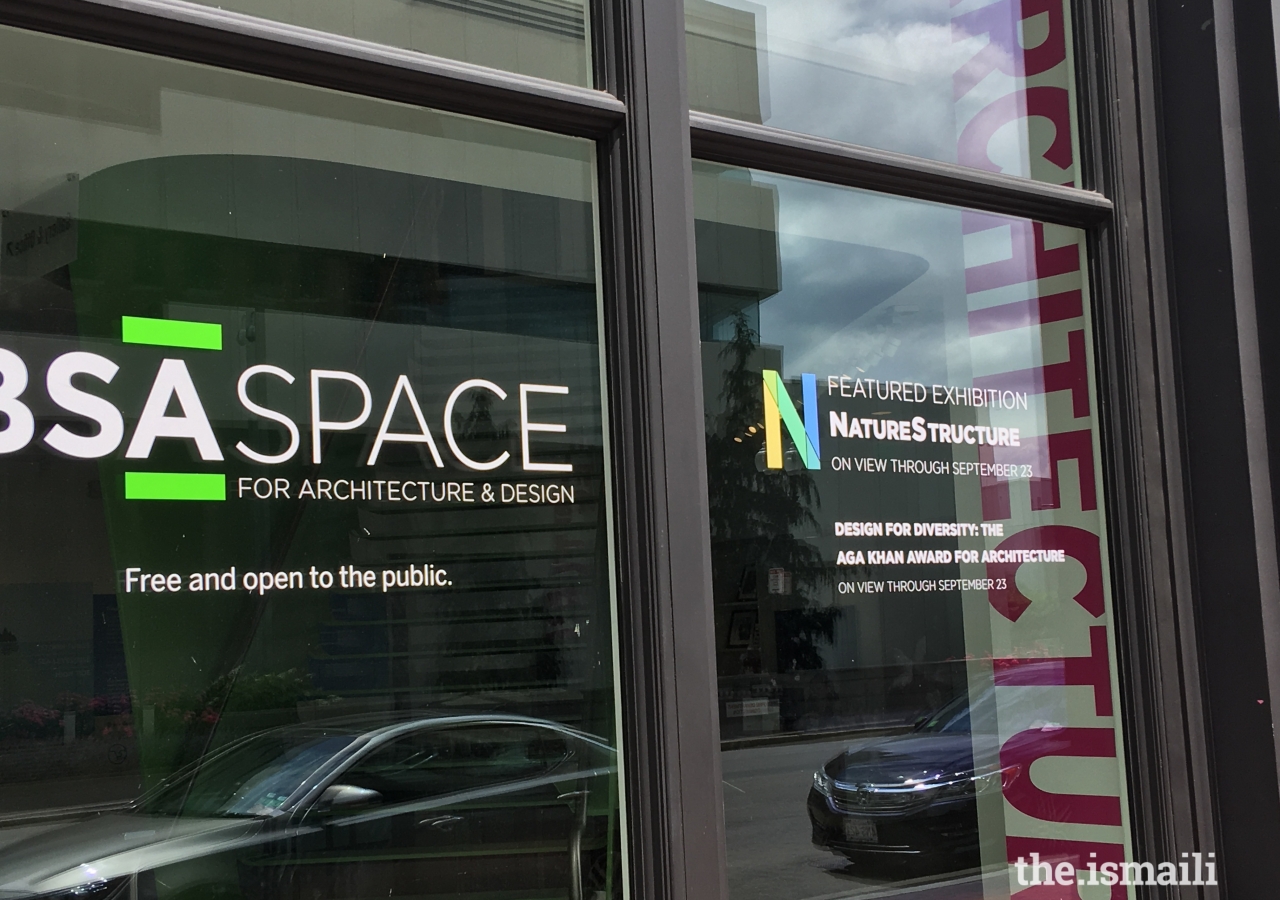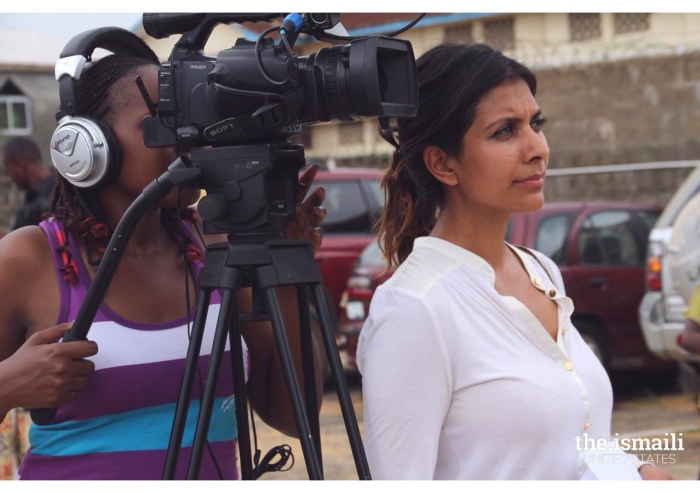For decades, Boston has retained a long-standing connection with the Aga Khan Trust for Culture (AKTC), an agency devoted to the revitalization of communities in developing countries. In particular, Boston is home to numerous AKTC architectural programs, including the Aga Khan Program for Islamic Architecture, based at Harvard University and the Massachusetts Institute of Technology (MIT), as well as Archnet, an online architectural library established in partnership with the Aga Khan Documentation Center at MIT.
Most recently, the Boston Society for Architects (BSA) collaborated with the Aga Khan Council to host an exhibit titled “Design for Diversity,” which showcases the winners and shortlisted projects of the 2014-2016 cycle of the Aga Khan Award for Architecture (AKAA). Another program of the AKTC, the AKAA recognizes structures that demonstrate architectural excellence, and enhance the quality of life of surrounding communities, particularly in areas with a considerable Muslim presence.
The “Design for Diversity” exhibit is located at the BSA Space in Boston and runs from May 26, 2018 to September 23, 2018. It is composed of panels featuring each shortlisted work as well as a video capturing excerpts of interviews with the winners and steering committee, and clips from the Award ceremony. The exhibit highlights the pluralistic nature of the Award recipients and shortlisted works, emphasizing their individual histories, architectural features, and their impact on local communities.
The Award recipients and shortlisted projects represent a range of countries, from Copenhagen, Denmark, to Lagos, Nigeria. Furthermore, the selected works boast diverse architectural styles, ranging from Sultanate period designs to radical, contemporary features such as an elevated, “floating” room.
One of the main goals of the “Design for Diversity” exhibit is to educate the public about architectural expressions from other parts of the world. Laura Wernick FAIA, BSA Foundation Chair, explained the significance of hosting exhibits like this one, which enable viewers to experience diverse content they have often not encountered before. “Exposure to a wide range of architectural expression helps communities and children in particular develop a global mindset and broaden their cultural sensibility,” she said.
Visitors expressed that the exhibit allowed them to learn about artistic works from other cultures in particular. “[The Design for Diversity exhibit is important because] as Westerners, we don’t get exposed to culture and the arts outside of the Western sphere,” said Andrew Gaydos of New Hampshire, who visited the exhibit on a recent trip to Boston.
Learning about art and expressions of architecture serves a larger purpose of promoting not just awareness but also tolerance. Alysha Alani, a volunteer with the Aga Khan Council, emphasized that this education is essential for carrying out Hazar Imam’s vision of developing pluralistic societies. “In Hazar Imam’s 1994 commencement address at MIT, he emphasized encounters—constructive encounters—of people and cultures as important antidotes for ignorance, particularly regarding the Islamic world,” said Alysha. “That’s what ‘Design for Diversity’ aims to do: it’s a free, publicly accessible exhibit in the heart of Boston where anyone can drop in and encounter spectacular works of architecture in parts of the world that are not often acknowledged or appreciated for producing world-class innovations, sustainable solutions, and perhaps most of all, aesthetic appeal.”
“Design for Diversity” is on display until September 23, 2018 and open daily. For hours and up-to-date information regarding exhibit related programming, please visit here.











